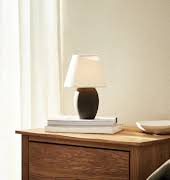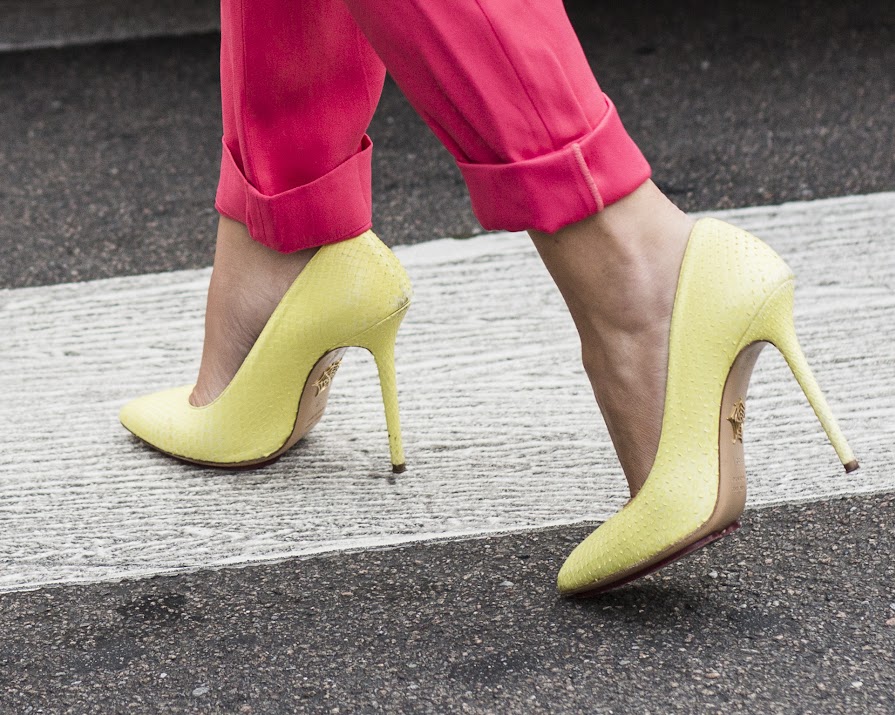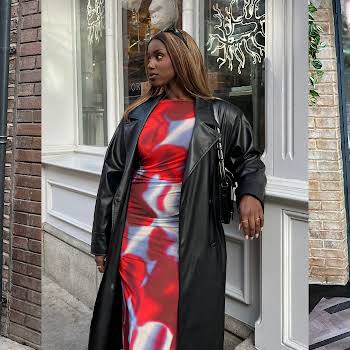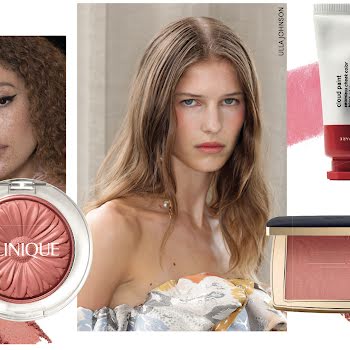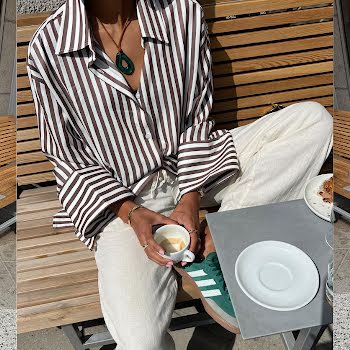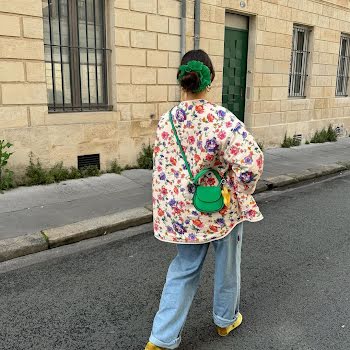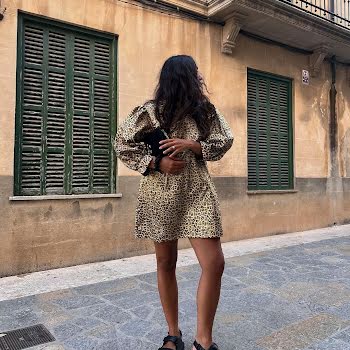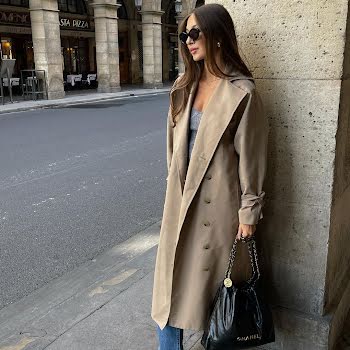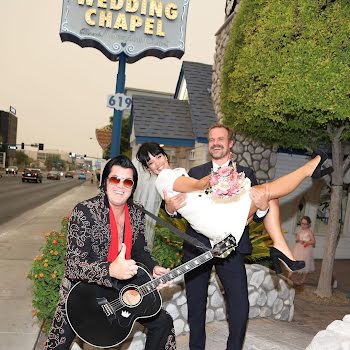High-heels were originally worn by men, and other shoe-related trivia
By Grace McGettigan
16th Sep 2020
16th Sep 2020
High-heels have long been a wardrobe staple, but do you know where they first came from? There’s a lot more to this footwear style than you’d think
We’ve got a love-hate relationship with heels. Yes, they’re beautiful, but Lord can they be uncomfortable. Despite squishing our toes, damaging our backs and being difficult to walk in – the heel has long been a wardrobe staple. But do you know where the concept came from, or why we wear them despite their many flaws? The answer lies deep in the high heel’s history.
While now almost solely designed for women, the high-heel was originally considered men’s apparel. It dates back over 2,000 years to actors in Ancient Greece who wore platforms during their stage productions. The higher the shoe, the more important the character. According to reports, the platforms known as ‘kothorni’ were made from cork and could be as high as four inches… We wonder how modern-day men would handle the height.
The 1500s
According to Elizabeth Semmelhack of the Bata Shoe Museum in Toronto, men continued wearing heels into the medieval period. Speaking to the BBC, she explained how they were particularly useful for horse riders. “When the soldier stood up in his stirrups, the heel helped him to secure his stance so that he could shoot his bow and arrow more effectively,” she said.
It was one such soldier who brought men’s heels to Western Europe. Persia’s Shah Abbas, who had the largest cavalry in the world at the time, decided to form bonds with European rulers. The aristocracy saw his shoes as a symbol of power and masculinity, so they quickly designed similar footwear for themselves. The higher the heel, the more important the wearer was deemed to be.
 Photo: Shoe Museum Lausanne on WikiCommons
Photo: Shoe Museum Lausanne on WikiCommons
At about the same time, women began wearing heels too – not for fashion purposes, but practical ones. ‘Chopines’ were worn as ‘outer shoes’ to protect a woman’s actual shoes from mud and dirt. They were made from either cork or metal and were particularly popular in Venice and Spain (and even more so among prostitutes). Chopines were up to 20 inches in height, and like men’s shoes during this period, heel height directly corresponded to the woman’s place in society.
The 1600s
Louis XIV of France kept men’s heels in vogue. At just five-foot-four, he wore heeled court shoes to make himself appear more powerful and domineering. Portraits of the royal show his heels were dyed red; an expensive pigment to emphasise his superior social status. King Louis famously enforced a rule banning anyone without red-soled shoes from entering his court, and it is this luxury symbol that inspired modern footwear designer Christian Louboutin.
 Photo: King Louis XIV painted by Claude Lefèbvre, held at Château de Versailles
Photo: King Louis XIV painted by Claude Lefèbvre, held at Château de Versailles![]()
The early-mid 1800s
Up until this point, common people’s style was influenced by the aristocracy and royals. High-flyers had set the trend and civilians aspired to be like them. That was, until the French Revolution. People’s views of royalty changed and their dedication to the crown was gone. Suddenly, heels were swapped for flats. The high-heel era was over (for men, at least).
The late 1800s – 1900s
Heels for women made a comeback in the Victorian era, largely due to emerging technology. The launch of the sewing machine meant uppers could now be neatly stitched to the soles of heeled shoes. A gently curved instep represented a woman’s feminity and sophistication, and so for the first time in history, heels were no longer considered masculine.
Photography also played a role in the style of European women. Early makers of ‘French postcards’ (postcards in which a nude woman, positioned like a classic figurine, was photographed in heels) led to the idea that heels are sexy. Blocky heels of about two-inches became trendy again.
World War II and the 1950s
Pin-up posters during the 1940s and 1950s reinforced the idea that heels are the symbol of glamour and feminity, so much so that war-time soldiers famously stuck them on their walls. Meanwhile, the trend made its way into Hollywood. Stars, including Betty Grable and Marilyn Monroe, wore heels in their films and glamour shots. As a result, everyday-women sought to replicate the look at home. The demand for heels grew and they made their way into local and high-end stores.
 Photo: Betty Grable by Frank Powolny, WikiCommons
Photo: Betty Grable by Frank Powolny, WikiCommons
Roger Vivier, a shoe designer for Christian Dior, created the tallest, thinnest high-heel in the early 1950s. He named it the stiletto, after the Italian word for a thin dagger. Vivier used robust plastics to ensure strength and durability, while luxury fabrics maintained the element of style.
The 1960s – 1970s
The feminist movement of the 1960s inspired many women to swap high-heels for lower, more comfortable ones. Mary-Janes were particularly popular; these were simple shoes, typically made of leather, with a strap across the front and a two-inch heel. Chunky platforms made a come-back too, while knee-high boots with short block heels became popular for the first time.
Modern-day
When it comes to modern-day footwear, women have more choice than ever. Designers such as Manolo Blahnik made high-heels trendy once again; their buckled, pointed shoes are just as popular today as they were in the 1990s. The high-heel has also merged with other footwear styles; platform trainers, heeled sandals and high-heel welly boots have made their way onto the runway and into high street fashion.
Heels are a covetable accessory; one that many women spend chunks of their savings on. Take Carrie Bradshaw from Sex and the City, for example. Her closet was rammed with heels yet she continued to spend her earnings on more. Raise your hand if you relate.
 Photo: Carrie Bradshaw, Sex and the City, HBO
Photo: Carrie Bradshaw, Sex and the City, HBO
While heels are still representative of feminity and glamour, they’re not exclusive. Dainty flats (including pumps, brogues and even trainers) are deemed just as feminine and pretty as heels are. Moreover, women are becoming increasingly aware of the dangers of high-heels and are choosing to avoid them. Research carried out by scientists at Stanford University found that wearing stilettos puts a serious strain on a woman’s knees and ankles. The report also suggests that heels are ageing our joints by about 20 years. Thankfully, wearing flats nowadays does not mean compromising on style.
The heels in your wardrobe have a heck of a history; remember that next time you slip them on.
Photo: Jason Lloyd-Evans
Read more: 5 comfy yet stylish outfits, as chosen by our fashion team
Read more: It’s time to embrace the chunky ankle boot – here are 6 of the best to buy now
Read more: Colour-clashing is big for SS20 and here are 4 combinations we can’t wait to try









